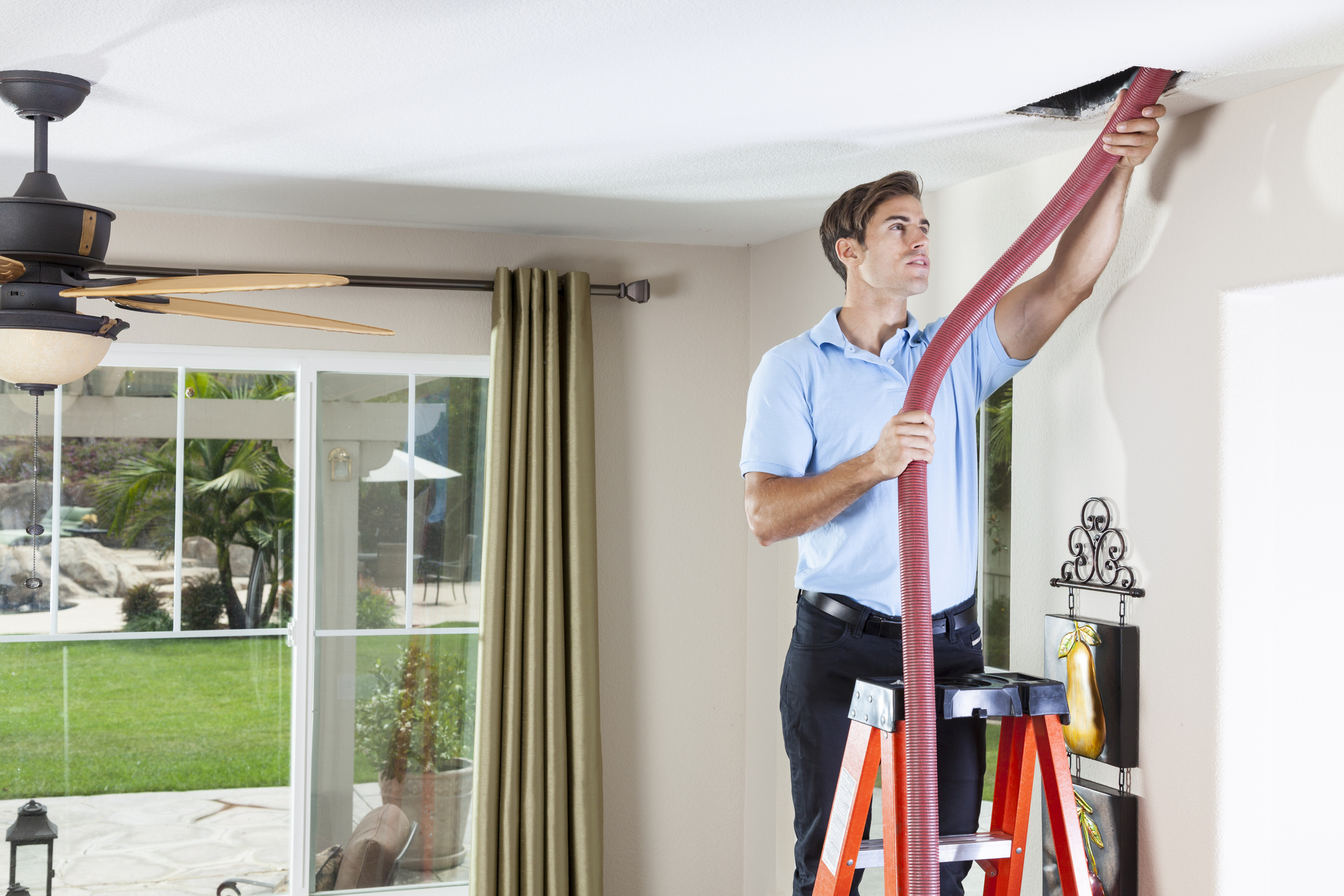
Ventilation for cooling is the least expensive and most energy-efficient way to cool buildings, but it works best when combined with techniques to avoid heat buildup in your home. There are three basic ventilation strategies: natural ventilation, spot ventilation, and whole-house ventilation.
Natural ventilation is the uncontrolled air movement in and out of the cracks and small holes in a home. In the past, this air leakage usually diluted air pollutants enough to maintain adequate indoor air quality. Today, those cracks and holes are sealed to make our homes more energy-efficient, and after a home is properly air sealed, ventilation is necessary to maintain a healthy and comfortable indoor environment. Opening windows and doors also provides natural ventilation, but many people keep their homes closed up because they use central heating and cooling systems year-round. Natural ventilation is unpredictable and uncontrollable and depends on a home's airtightness, outdoor temperatures, wind, and other factors.
Spot ventilation can improve the effectiveness of natural and whole-house ventilation by removing indoor air pollution and/or moisture at its source. Spot ventilation includes the use of localized exhaust fans, such as those used above kitchen ranges and in bathrooms.
Whole-house ventilation use is typically motivated by concerns that natural ventilation won't provide adequate air quality, even with source control by spot ventilation. Whole-house ventilation systems provide controlled, uniform ventilation throughout a house. These systems use one or more fans and duct systems to exhaust stale air and/or supply fresh air to the house.
Source: Energy.gov


